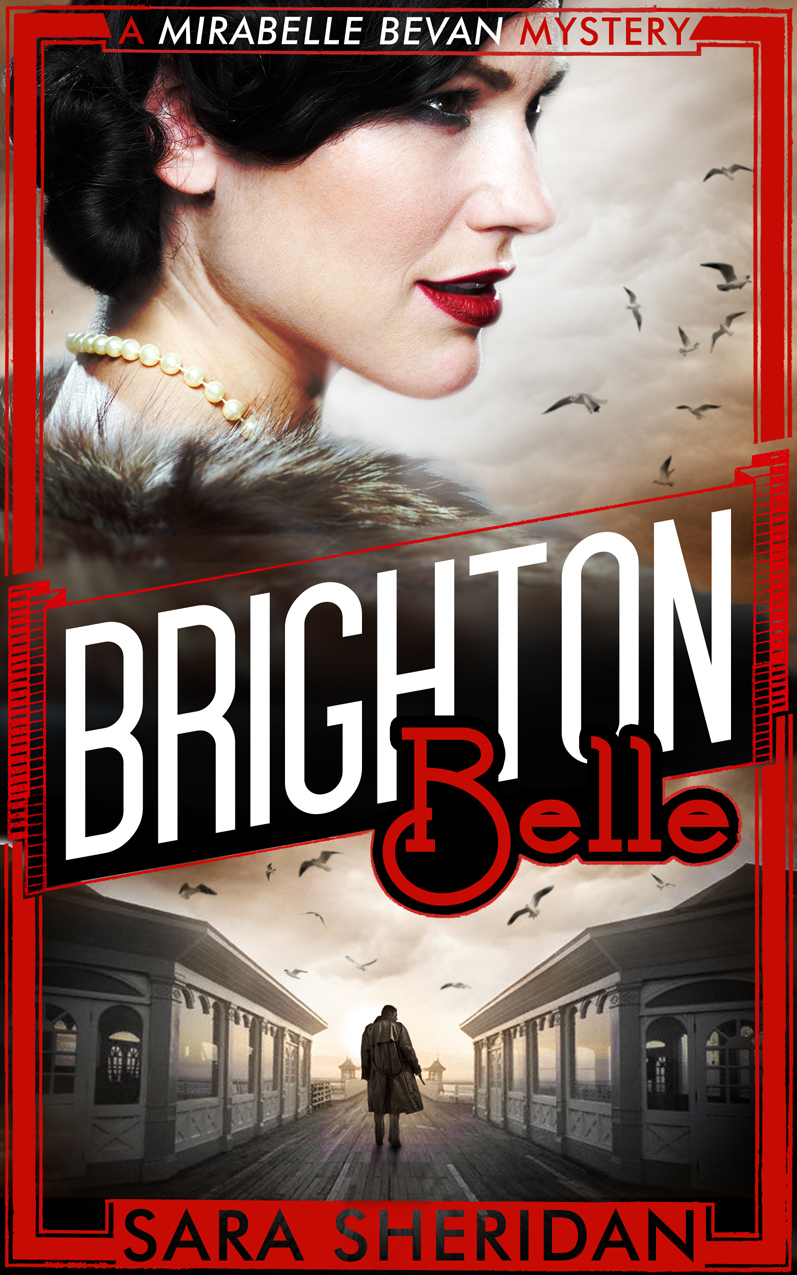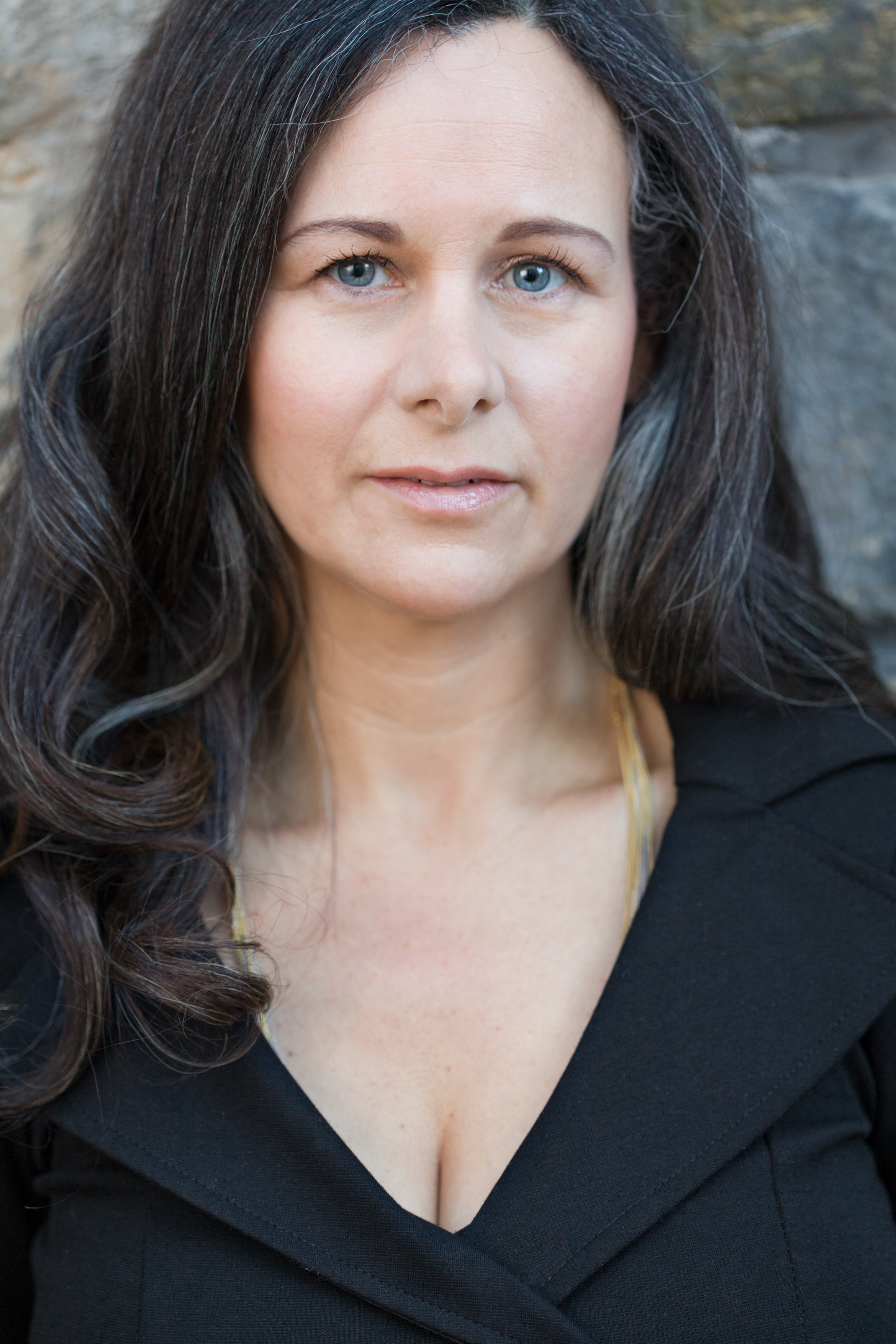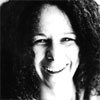I can’t help myself. I’m an historical writer and I travel a lot but no matter where I go I’m never far from the siren call of a vintage shop. Sometimes it’s a smart, West London boutique and other times I’ll be on a backstreet in Paris or Madrid and I’ll notice something in a dusty window, out of the corner of my eye. Shopping is not supposed to qualify as research but if your period is the nifty 1950s then it isn’t far off. You’re unlikely to pick up early Victorian pieces for a song but there is plenty booty to be had from only 60 years ago. My mother (now 76) is devastated to discover objects from her younger years featuring occasionally in museum collections. It comes to all of us.
My obsession started young. My father was an antiques dealer and he used to tell me bedtime stories about the pieces he’d bought at auction that day. He’d draw a diamond bracelet or a little silver jug from his pocket and spin a tale about who owned it and how it had been handed down. Some of my friends don’t understand how intriguing a bit of age can make an object – lots of people prefer things to be new and unowned. But I think of second hand items as pieces with tales to tell – and there’s nothing as valuable as a story.
A friend’s son, who is adopted, brought down the wrath of a very politically correct teacher on his parents recently. ‘Mum and Dad say I’m second hand,’ he smiled. The teacher berated my friend at the school gate but she gave as good as she got. ‘Second hand is better. It’s been loved so much more,’ she retorted. She’s right.

The 1950s is one of my favourite eras for design. I dress the heroine of my 1950s Murder Mystery Series, Mirabelle, in items from the V&A’s 1950s collection. She has impeccable taste. I do with objects of a lower calibre – a sweet pearl ring I picked up on a trip to Manchester a couple of years ago and a burgeoning collection of little cashmere cardigans with pearl buttons. As Make Do And Mend faded out with clothes rationing, women bought such beautiful quality outfits – their eyes were honed in to lush fabrics that were cut with generosity and sewed double seamed. That’s why they’ve lasted so well.

Sometimes as I walk around museums (historical novelists are nothing if not swotty) I look at what must at some stage have been personal objects and wonder how well they really represent the person’s life, whoever owned them. What will be left of me in 100 years? And if it is encased in glass will people make assumptions about my life based on a matchbox or a hairbrush? Survivals are so random – it’s just whatever isn’t thrown out or recycled or lost for one reason or another. I like to think that in some of my style choices – fashion or household – I’m carrying a little piece of past generations with me. Like an echo.
Author Sara Sheridan will be talking about her interest and obsession with the 1950s at Back to the 50s at National Museum of Rural Life, East Kilbride, on Sunday 4 May.
